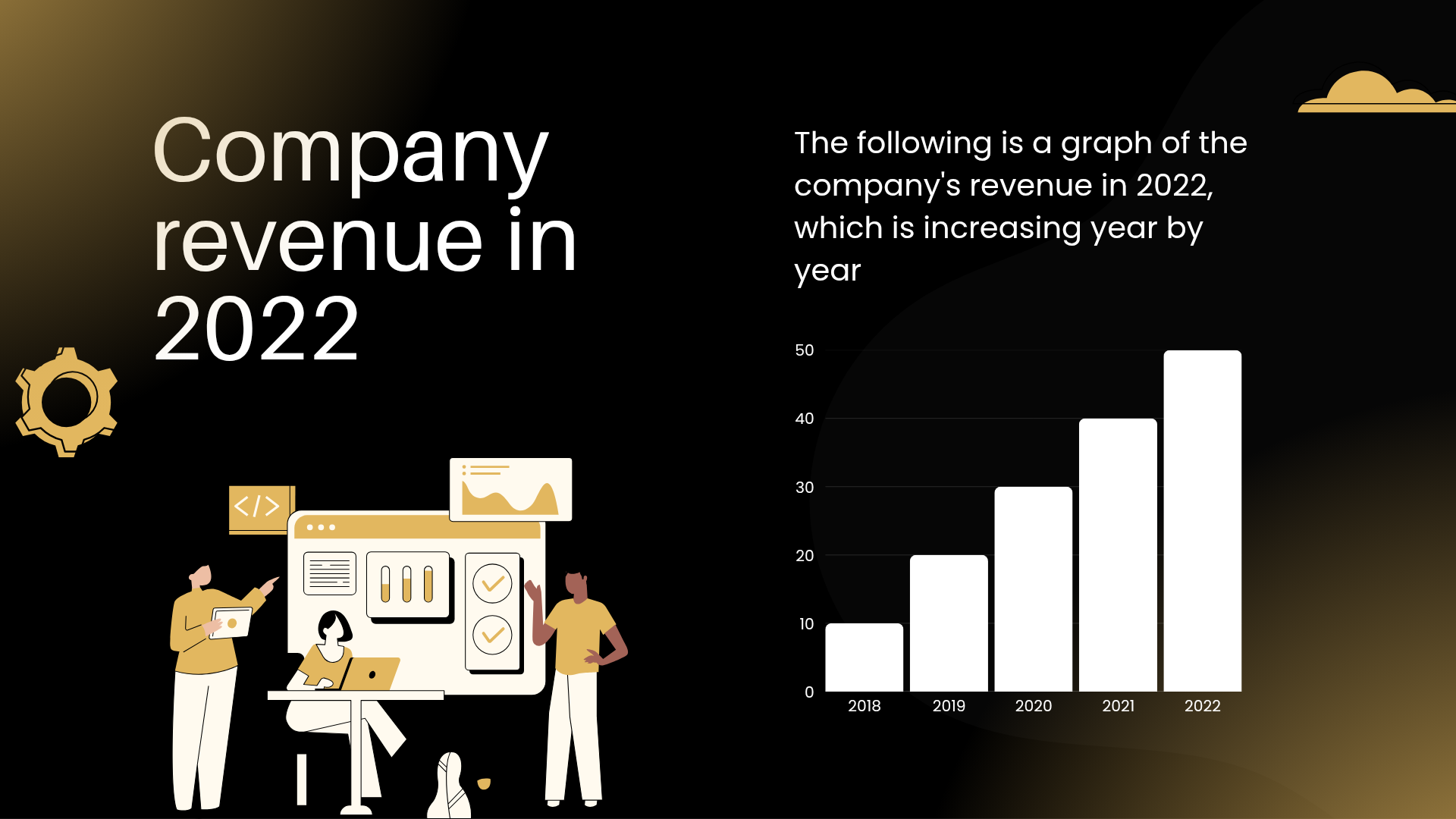Navigating the fast-paced world of short-term investing can yield impressive returns, but only when paired with robust risk management. In this definitive guide, you’ll learn why risk management is indispensable for short-term investment cycles, essential techniques to safeguard your capital, and how Grovestor Investments puts control in your hands with tools and support designed for investor confidence.
What are Short-Term Investment Cycles?
Short-term investment cycles refer to financial strategies with holding periods ranging from a few days to several months—generally less than a year. These include 30-day investment plans, staking for 40–100 days, or quick-turn pool investments. Short-term cycles are attractive for their liquidity, quick payouts, and ability to respond to market changes.
However, rapid cycles also introduce unique risks compared to longer-term, “buy-and-hold” strategies—requiring a disciplined approach to protect and grow your funds.
The Importance of Risk Management
Risk management in short-term investing involves identifying, assessing, and minimizing potential losses while maximizing growth opportunities. Without it, even experienced investors can face significant capital erosion due to unexpected market swings, investor emotions, or lack of diversification.
Why it matters:
- Preserves Capital: Protects your investment principal from large, sudden losses.
- Smooths Returns: Reduces volatility, helping you achieve steady, predictable growth.
- Empowers Smart Decision-Making: Helps you stay focused on strategy, not emotions.
Detailed Strategies for Risk Management in Short-Term Investments
1. Diversification
Never put all your eggs in one basket. In short-term cycles, diversification means spreading your investments across multiple products (copy trading, staking, pool plans) or traders rather than committing all capital to a single plan. This simple step ensures that a poor-performing asset won't wipe out your gains elsewhere.
2. Position Sizing
Decide ahead how much to allocate to each investment. For example, only commit a percentage of your total funds to any single short-term cycle—typically no more than 10–20%. This helps cushion the impact of any single loss.
3. Setting Stop-Loss & Take-Profit Limits
Stop-losses automatically exit a position if losses breach a pre-set threshold. Take-profit limits secure gains once target returns are reached. Both tools remove emotion and lock in discipline.
4. Reviewing Market Conditions
Short-term cycles are sensitive to news events and market volatility. Before entering a cycle, review current trends, earnings calendars, and macroeconomic factors.
5. Re-Assessment & Rebalancing
Each completed cycle offers a chance to re-evaluate results and adjust your strategy as needed. Regular portfolio reviews help you refine what’s working and avoid repeated mistakes.
6. Emotional Discipline
Short-term investing can trigger impulsive decisions. Stick to your plan, avoid “revenge investing” after losses, and keep realistic expectations.
How Grovestor Investments Supports Effective Risk Management
Grovestor Investments is engineered with investor safety and growth in mind, offering built-in risk management features and educational resources for all users:
- Flexible Investment Plans: Choose from 30-day plans, various staking periods, or group pools to diversify easily.
- Real-Time Monitoring: Track live performance and adjust or withdraw as necessary for risk control.
- Customizable Allocation Tools: Allocate your funds across different cycles and products effortlessly for better risk spread.
- Transparent Information: View historical performance, asset breakdowns, and referral impacts so you’re never in the dark.
- Guidance & Support: Access expert support and educational tips so you can invest confidently, whether you're a beginner or seasoned trader.
Example: Applying Risk Management on Grovestor
Suppose you have $2,000 to invest:
- Allocate $500 to a 30-day plan (for fixed, short-term growth)
- Put $1,000 into automated copy trading, following two top-performing traders
- Place $500 in a 60-day staking plan for additional returns
This spread not only enhances your upside but also shields you from overexposure to any single product.
Best Practices and Final Thoughts
- Never invest what you can’t afford to lose
- Use platform tools to set and review limits
- Stay informed, stay diversified
- Consistently re-evaluate your strategy after each short-term cycle
Grovestor Investments makes risk management second nature, empowering you to pursue short-term profits with the discipline of a professional. With transparency, flexibility, and user-centered tools, you’ll have everything you need to grow your wealth safely and confidently—cycle after cycle.

Comments (0)